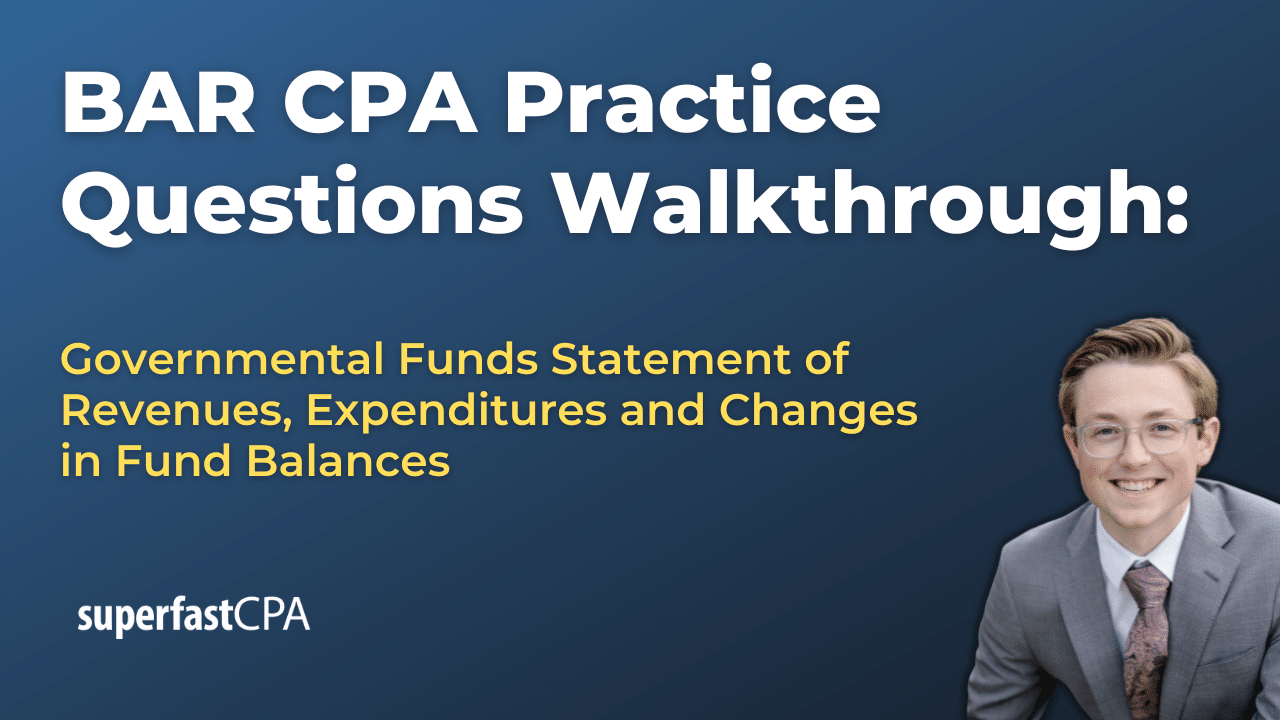In this video, we walk through 5 AUD practice questions teaching about factors affecting comparability or consistency. These questions are from AUD content area 4 on the AICPA CPA exam blueprints: Forming Conclusions and Reporting
The best way to use this video is to pause each time we get to a new question in the video, and then make your own attempt at the question before watching us go through it.
Also be sure to watch one of our free webinars on the 6 “key ingredients” to an extremely effective & efficient CPA study process here…
Factors Affecting Comparability or Consistency
Auditors and financial statement users rely on consistent and comparable information to interpret an entity’s financial performance accurately. In this post we will discusses the changes that impact either comparability or consistency. These include changes in accounting principles, corrections of material misstatements, and material changes in classification. Understanding how each affects financial statements is essential to proper audit evaluation and communication.
Comparability
Comparability refers to the ability to evaluate financial information against other periods or across different entities. When financial statements are comparable, users can identify differences and similarities that help them make informed assessments about trends, performance, or risks.
For example, if one company classifies shipping costs as part of cost of goods sold, while another lists them under operating expenses, a direct comparison of gross profit margins becomes misleading. Similarly, if a company changes how it categorizes certain items from one year to the next without revising prior statements, users may misinterpret changes in results.
Comparability is enhanced when similar items are treated the same way from period to period and across companies. It is diminished when inconsistent classifications or accounting treatments prevent meaningful evaluation.
Consistency
Consistency refers specifically to the use of the same accounting principles within a single entity from one period to the next. Consistent application allows users to evaluate financial trends, performance, and changes in financial position without confusion caused by shifts in accounting methods.
For instance, a company that uses the straight-line method for depreciation one year and switches to a double-declining balance method the next has not maintained consistency. While both methods are permissible under GAAP, the change alters the pattern of expense recognition and impacts year-over-year comparability within that entity.
If a change in accounting principle is made, the company is expected to apply it retrospectively to prior periods when feasible, preserving both consistency and comparability.
Change in Accounting Principle
A change in accounting principle occurs when an entity moves from one accepted accounting method to another—for example, from LIFO to FIFO for inventory valuation. This directly affects consistency because the financial statements are no longer prepared using the same principles as in prior periods.
If the prior periods are not adjusted for the change (i.e., no retrospective application), comparability is also impacted. Users comparing financial results across periods may misinterpret performance if the underlying accounting methods differ.
Such changes must be disclosed, and where practicable, entities are required to restate prior financial statements to maintain comparability and allow users to interpret the data correctly.
Correction of a Material Misstatement
When a material error is discovered in previously issued financial statements, it must be corrected. This correction disrupts consistency because it reveals that the previously applied accounting treatment was either incorrect or improperly executed.
An example would be the premature recognition of revenue under a long-term contract. If the company later determines that this revenue should have been recognized over time, it must restate prior financial statements to correct the error.
While the correction primarily addresses consistency, comparability may also be affected if the misstated numbers were used in comparative evaluations, such as trend analyses or financial ratios.
Material Change in Classification
A material change in classification occurs when an item is moved from one line item to another in the financial statements, without changing its underlying accounting treatment. This does not affect consistency, since the accounting principle remains unchanged, but it does impact comparability across periods.
For example, a company may decide to reclassify customer refunds previously reported under “Selling Expenses” to reduce revenue directly, aligning with new internal policy. If prior periods are not adjusted to reflect this change, it becomes difficult to compare year-over-year revenue or expense trends.
Entities are expected to disclose classification changes clearly and, when material, adjust prior-period financial statements to preserve comparability.
Conclusion
Understanding the distinctions between comparability and consistency is essential when evaluating the impact of changes in financial reporting. A change in accounting principle or the correction of a material misstatement affects consistency and may also impair comparability. A material change in classification does not impact consistency but does affect comparability unless prior periods are similarly adjusted.
Auditors must assess these changes carefully and ensure that required disclosures and restatements are made so that financial statement users can rely on the information presented.













